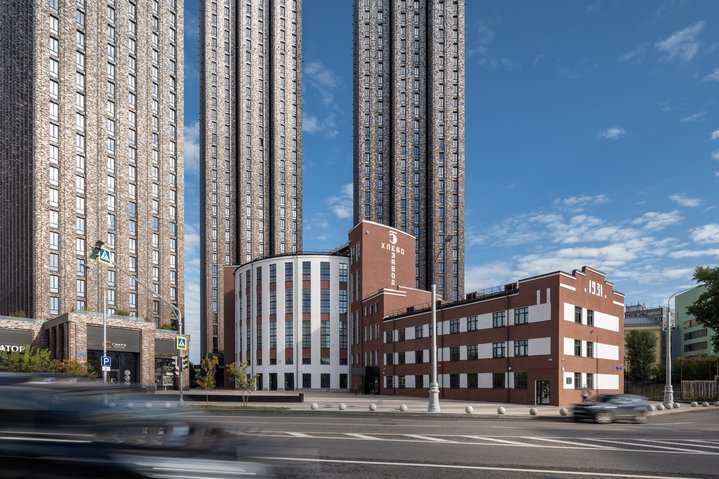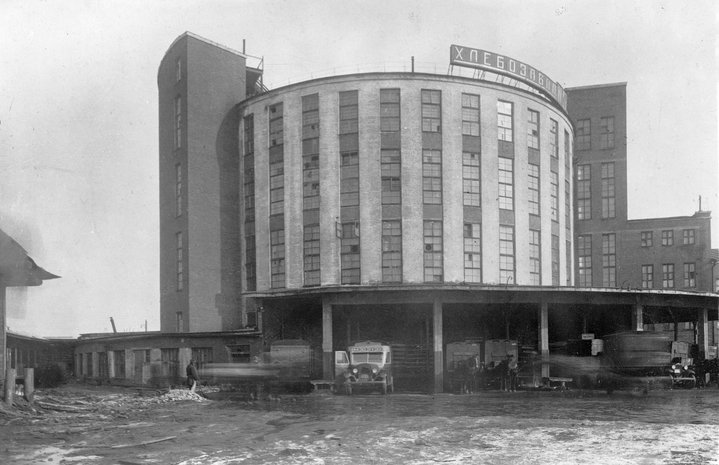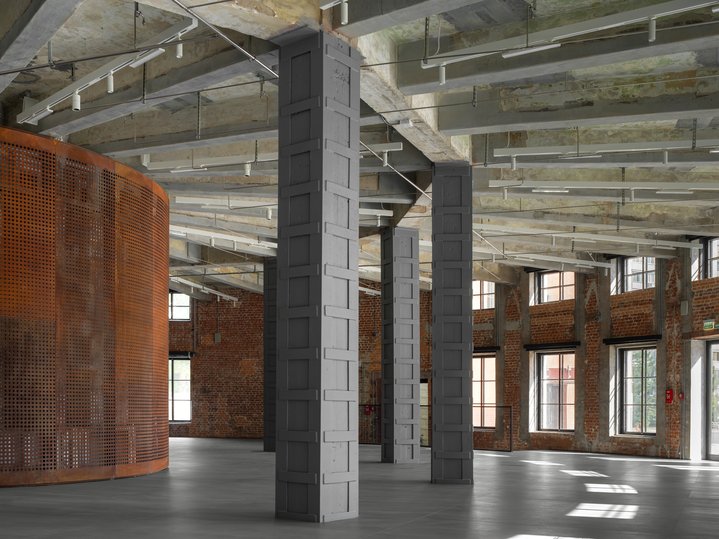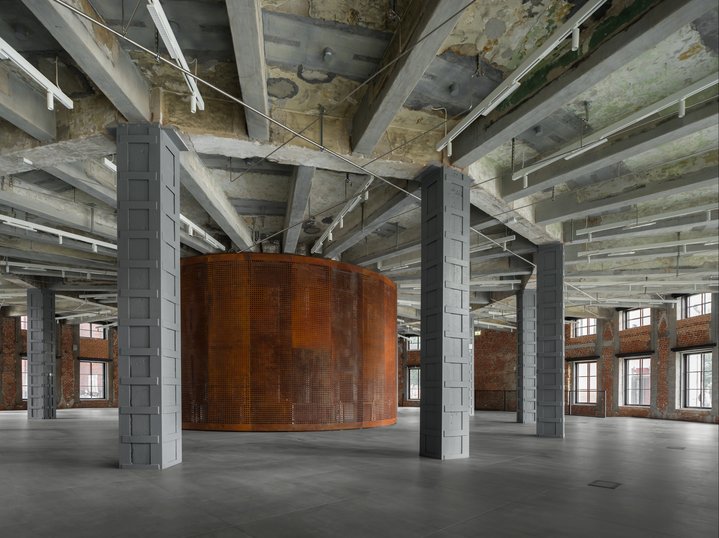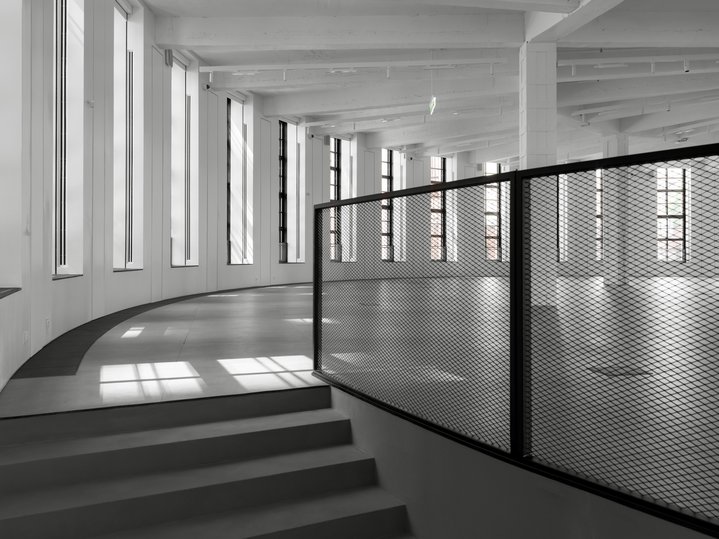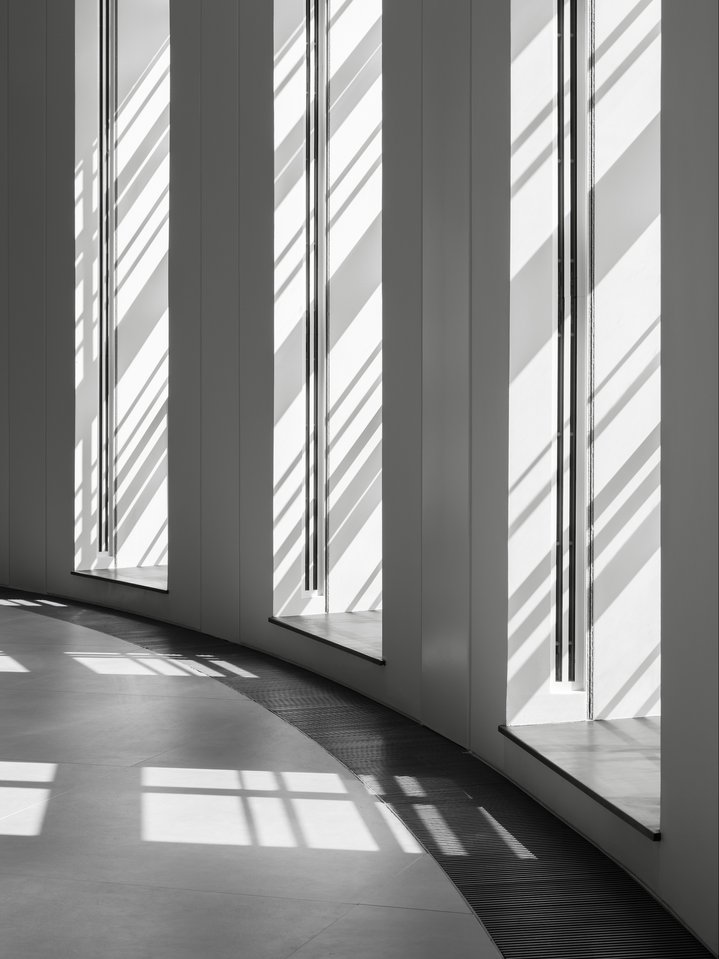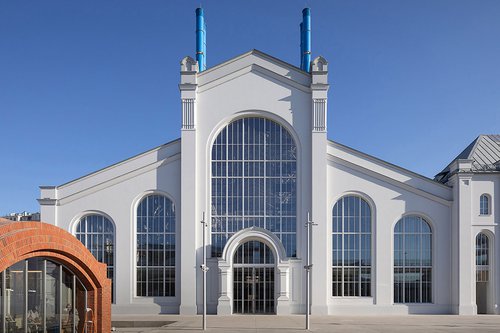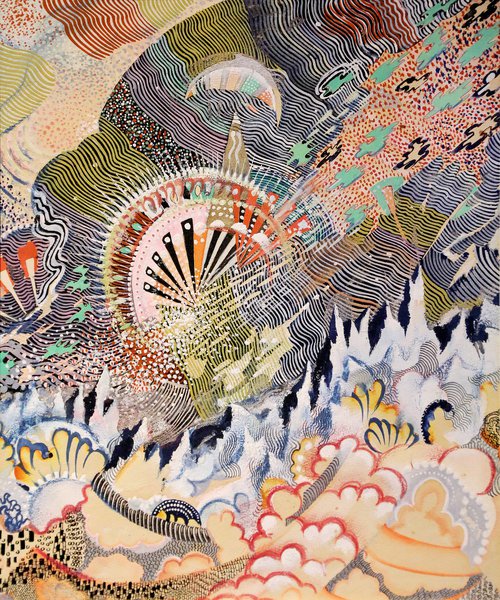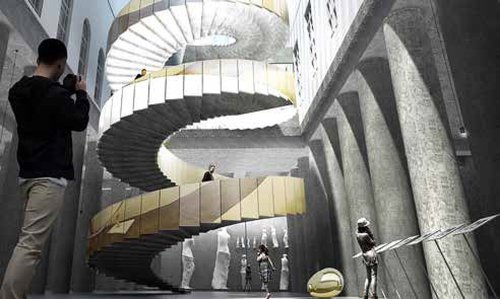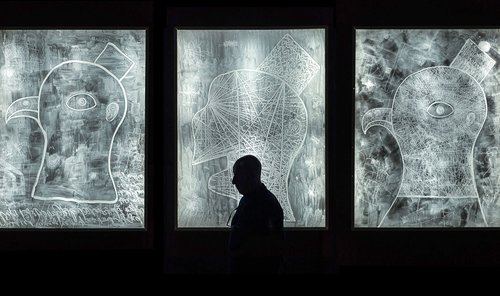Bakery Plant No. 5. Courtesy of Zotov Cultural and Educational Centre press office
Moscow Constructivist landmark turns into a new arts institution
This November, the Zotov Cultural and Educational Centre dedicated to the study of Constructivism, will open in Moscow, marking the centenary of the birth of one of Russia’s most distinctive and influential artistic movements of the 20th century.
This institution may be a new place on Moscow’s cultural map, but it is housed in a well-known building. Named after Vasily Zotov, a modest baker who later rose through the ranks to become the People's Commissar and Minister of Food Industry in the USSR, the Centre is housed in a restored Constructivist landmark, Bakery Plant No.5, between the districts of Belorusskaya and Presnya. The original Soviet enterprise was named after Zotov, who pioneered the construction of new bakeries in the early 1930s, and the building's owner, VTB Bank, decided to keep the name. Today this white and terracotta, four storey cylindrical building is somewhat lost among the uniform candle-shaped skyscrapers of the residential complex of Presnya-City, designed by architectural bureau SPEECH. But it was SPEECH, under Sergei Tchoban, Igor Chlenov, and Alina Garnovskaya, who oversaw the adaptation of this once industrial site into a new arts institution for the capital.
Opened in 1931, Bakery Plant No. 5 was the first large scale bakery in the capital to be built around a fixed circular conveyor belt system. Subsequently four other, similar bakeries appeared in Moscow and two in Leningrad. Although the names of the original architects are unknown, history has preserved the name of the engineer, Georgy Marsakov. It was he who first proposed a pioneering new concept of creating a multi storey conveyor in the shape of a cylinder. He made lifts in the vertical drum, from which the floors were suspended, to carry flour, yeast and other ingredients. The sourdough was sourced on the fourth floor (where there are now two lounges) and then transported down to the dough-mixing department on the third floor. On the first floor, the dough was divided into portions and baked in three circular ovens, from where the bread ran down the conveyor belt to be loaded into lorries.
What was so pioneering was that the design of the building itself was determined by the functional tasks which needed to be carried out in the bread production process, and this ideal unity of ‘form and content’ epitomized the Manifesto of Constructivism. The bakery was a great success and remained in operation until 2006. Despite having been declared a historical and architectural monument, after its closure it was almost demolished. It was set on fire and there was a plan to turn it into offices, but finally in the 2010s it began to be restored, and the SPEECH bureau started work on the current project in 2015.
SPEECH’s Sergei Tchoban has attracted widespread praise for his efforts in the preservation of everything that was left remaining in the building at the outset of the renovation project. The iron beams in the ceilings, the white, black and light green tiles literally eaten away by time; a 1970s portrait of a buxom blonde in a starched cook’s hat holding out a loaf of bread, all details which cause a sense of nostalgia among Muscovites of a certain age. The perforated Corten steel of the central drum, which will forever retain its matte rusty patina, harks back to another bygone era. In the building there is material evidence from several different decades, the 1930s, 1950s and 1970s, each new layer on top of an older one. It allows you to taste an era and almost hear the smell of the bread that once wafted around the space. And inside the building it will come back again because there will be a café on the ground floor in addition to the museum shop. The main function of the centre is educational, with exhibitions in the two floors dedicated to various changing displays.
Daria Filippova, Director General of the Centre who together with Polina Streltsova, Senior Curator, drove forwards the concept and its development, explained: ‘For me the main achievement will be if this special place, which was a model of advanced engineering in the last century, will now become a model of creative thought’. It is not the first time the building has been repurposed in recent times. VTB Bank had initially promised to give it to the Pushkin State Museum of Fine Arts for a proposed new centre for video art. The bank then took it back from the museum to create the Zotov Centre. It was the former head of the State Hermitage's Contemporary Art Department, Dimitri Ozerkov, who championed the concept from the outset.
The press release, somewhat exaggerating, claims that ‘the Zotov Centre on Khodynskaya Street is the first institution in Russia dedicated to Constructivism’. Research into Constructivism has been going on for many decades now. In Moscow, the Centre for Avant-garde at the gallery Na Shabolovke which has existed for over two decades in the heart of the constructivist Khavsko-Shabolovsky residential district was the first to officially declare the study of constructivism as a national priority. As a part of the gallery, the Museum of the Avant-garde dedicated solely to architecture opened in 2017. And although the museum's activities are on hold today, they have already achieved volumes. Furthermore, already a decade ago, Alexandra Selivanova, former curator of the Na Shabolovke Gallery, headed up the Avant-Garde Centre at the Jewish Museum and Centre for Tolerance in Moscow. If now its scope of interest extends mainly to the Avant-Garde artists, in the beginning the centre was more focused on architecture. The Jewish Museum is located in one of the most important monuments of constructivism in Russia, the Bakhmetev garage built by Konstantin Melnikov.
Constructivism in Russia and abroad has been studied extensively so it is hard to imagine just how pioneering the work will be which is alluded to by the management of the Zotov Centre. And in the current Russian-Western climate of tension and sanctions, exhibitions will need to consist exclusively of material drawn from national collections or local sources. Soon the proof of the pudding will be in its inaugural exhibition. The opening of the first exhibition called, ‘1922. Constructivism. The Beginning’, which will include works from nearly two dozen Russian museums and institutions, including the State Tretyakov Gallery and the Shchusev Museum of Architecture, is scheduled for 23rd of November.






